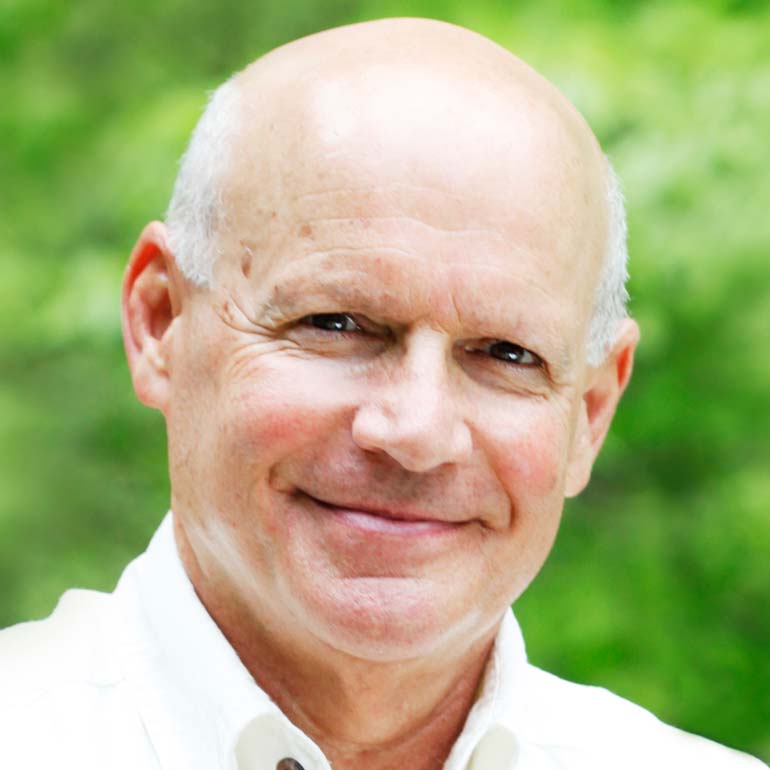My graduate student years at UC Santa Barbara started me on an interesting professional path, one that I never envisioned while working on a dissertation examining the warrior as a religious figure in America. I went directly from Santa Barbara to the University of Wisconsin, Oshkosh, where I spent 25 years in the department of religious studies. I never cared much, however, for disciplinary boundaries, nor for the academic jargon that each discipline seems to prize too much. I was interested in investigating and writing for a larger public about the less examined, that which did not, at first glance, seem “religious.” So, for example, in 1987-88 I was a Research Fellow in the Arms Control and Defense Policy Program at MIT, where I did the research for my book Symbolic Defense: The Cultural Significance of the Strategic Defense Initiative, which examined how supporters and opponents of the so-called “Star Wars” missile defense system mobilized powerful American myths and symbols to make their case. At this same time, I also joined Ira Chernus in co-editing A Shuddering Dawn: Religious Studies and the Nuclear Age. Throughout the 1980s, I was also at work on a larger project, which eventually became my next book, Sacred Ground: Americans and Their Battlefields, which examined processes of veneration, defilement, and redefinition at five sites: Lexington and Concord, the Alamo, Gettysburg, the Little Bighorn and Pearl Harbor. This project also began, happily, an ongoing relationship with the National Park Service. I worked for NPS at the 50th anniversary ceremonies at Pearl Harbor, and delivered the commemorative address at the memorial in 1994. I have also been a long-time consultant to NPS on interpretation of controversial historic sites, and from 2003-2005, I was a half-time Visiting Scholar in NPS’s Civic Engagement and Public History program. I served for almost a decade as a member of the federal advisory commission for the memorial to the passengers and crew of United Flight 93 that crashed near Shanksville, Pennsylvania, on September 11, 2001. I co-direct a Gilder Lehrman Teacher Seminar each summer at the National September 11 Memorial & Museum, "9/11 and American Memory," and I have served on an advisory group for the memorialization of those murdered on the island of Utøya, Norway, on July 22, 2011.

Edward Linenthal
Emeritus Professor, Department of History
Department of History
 The College of Arts + Sciences
The College of Arts + Sciences